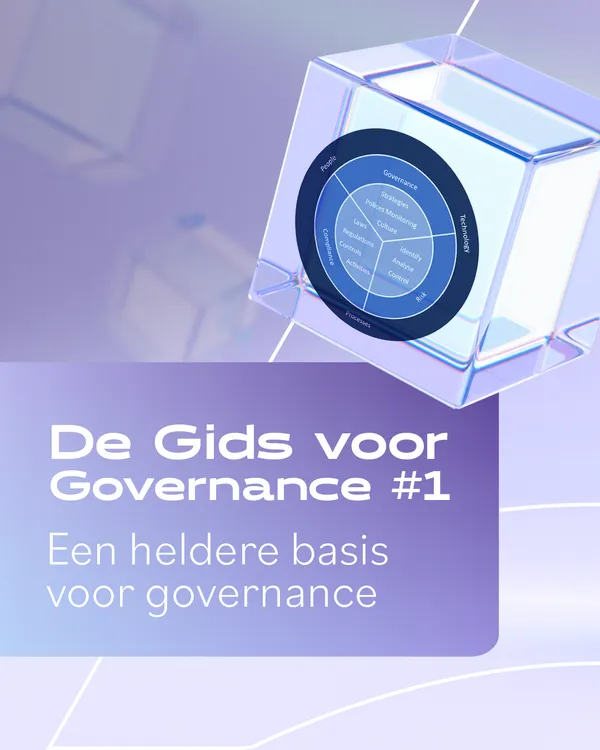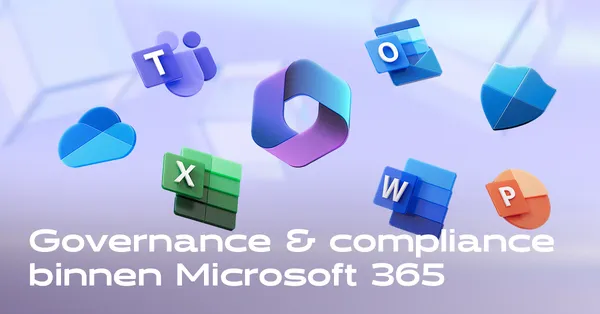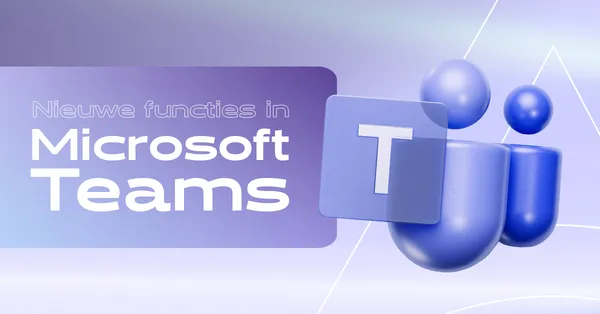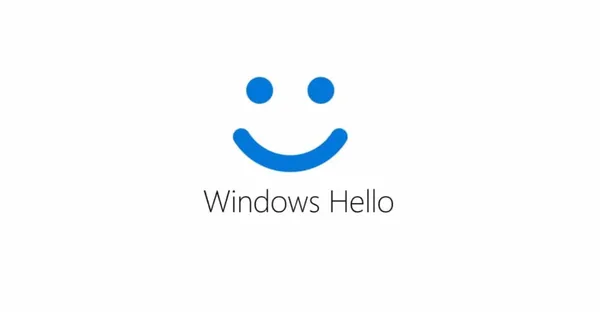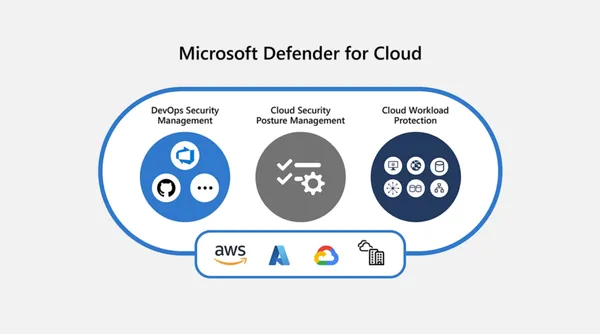
Knowledge base
June 17, 2021
What is Microsoft Flow and its alternatives?
Microsoft Flow, now called Power Automate, is cloud-based software that allows employees to create and automate workflows and tasks for multiple applications and services without the help of developers. Automated workflows are called flows. To create a flow, the user specifies what action should occur when a specific event occurs.
Once a flow is built, it can be managed on the desktop or via an app on a mobile device. Flow integrates with several Microsoft services and apps, including Power BI, PowerApps, Dynamics 365, and Office 365.
How Microsoft Flow is used
Microsoft Flow automates everything from simple push notifications and content management to complex business processes with defined steps and phases.
The most common use of Flow is to trigger notifications. For example, when a new lead is added to Microsoft Dynamics CRM, an automated workflow can send salespeople an email or text message with details about the lead.
Flow can also be used to copy files. For example, when a new file is added to Dropbox or OneDrive for Business, an automated workflow can instantly post a copy of the file to SharePoint.
Microsoft office.com/setup Flow is also used to collect data. For example, if the user wants to see what people are saying about a particular brand, they can create a trigger that captures new tweets mentioning the brand and puts a copy of each tweet in an SQL database for sentiment mining.
The Microsoft Flow Bot works within Teams workspaces. Using the Flow bot, employees can activate flows within Teams conversations. An example of use, provided by Microsoft, is that team members can run a flow that sends a text message to a support engineer to flag a problem or to record a problem in an Excel spreadsheet.
Key Features of Microsoft Flow
Microsoft Flow doesn’t just integrate with other Microsoft products. It can be used with a wide variety of apps and services — what Microsoft calls connectors — including Salesforce, SQL Server, Twitter, Box, DocuSign, Slack, Skype, and Google Drive. A connector is an API proxy that allows these services to connect to Microsoft Flow, as well as PowerApps and Azure Logic Apps in the cloud.
Users can take advantage of an extensive library of pre-built flows, known as templates. Examples of templates include the ability to:
- Save Gmail attachments to OneDrive
- Email any audience when a Power BI data alert is triggered
- Copy SharePoint list items to a CSV every week
- Save tweets with a specific hashtag to a SharePoint list
- Get a push notification when you receive an email from your boss
Alternatives to Microsoft Flow
There is a wide variety of low-code or codeless automation tools and cloud-based apps that connect apps and automate business and office processes and tasks. Microsoft Flow’s main competitors are IFTTT and Zapier. Here’s how they compare:
IFTTT – If This Then That is a free web-based tool that uses simple syntax and conditional statements to automate workflows. Its simplicity makes for an easy rollout. It provides single-action workflows.
Zapier — Zapier can automate multi-step workflows and has connections to more third-party apps. Zapier has a free option, as well as two tears of paid monthly subscriptions for businesses.
Microsoft Flow – Flow can automate more complex processes, by including for-loops, while-loops, and if-else conditional statements.
Source: office-helps
Want to know more?
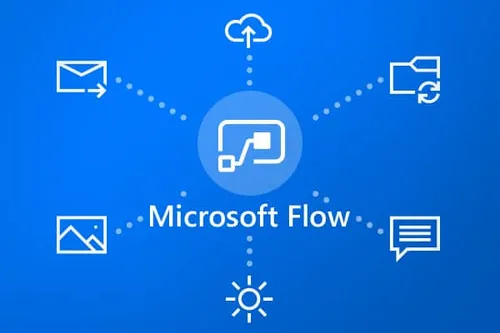
Related
blogs
Tech Updates: Microsoft 365, Azure, Cybersecurity & AI – Weekly in Your Mailbox.

